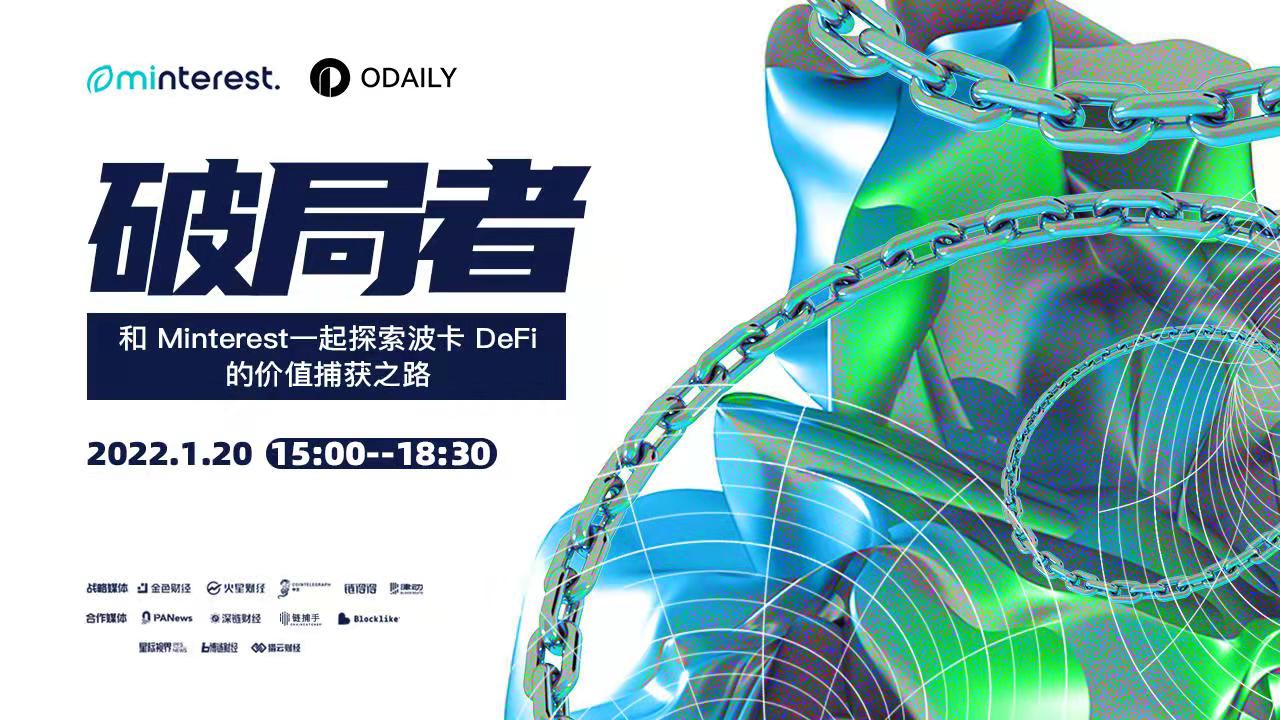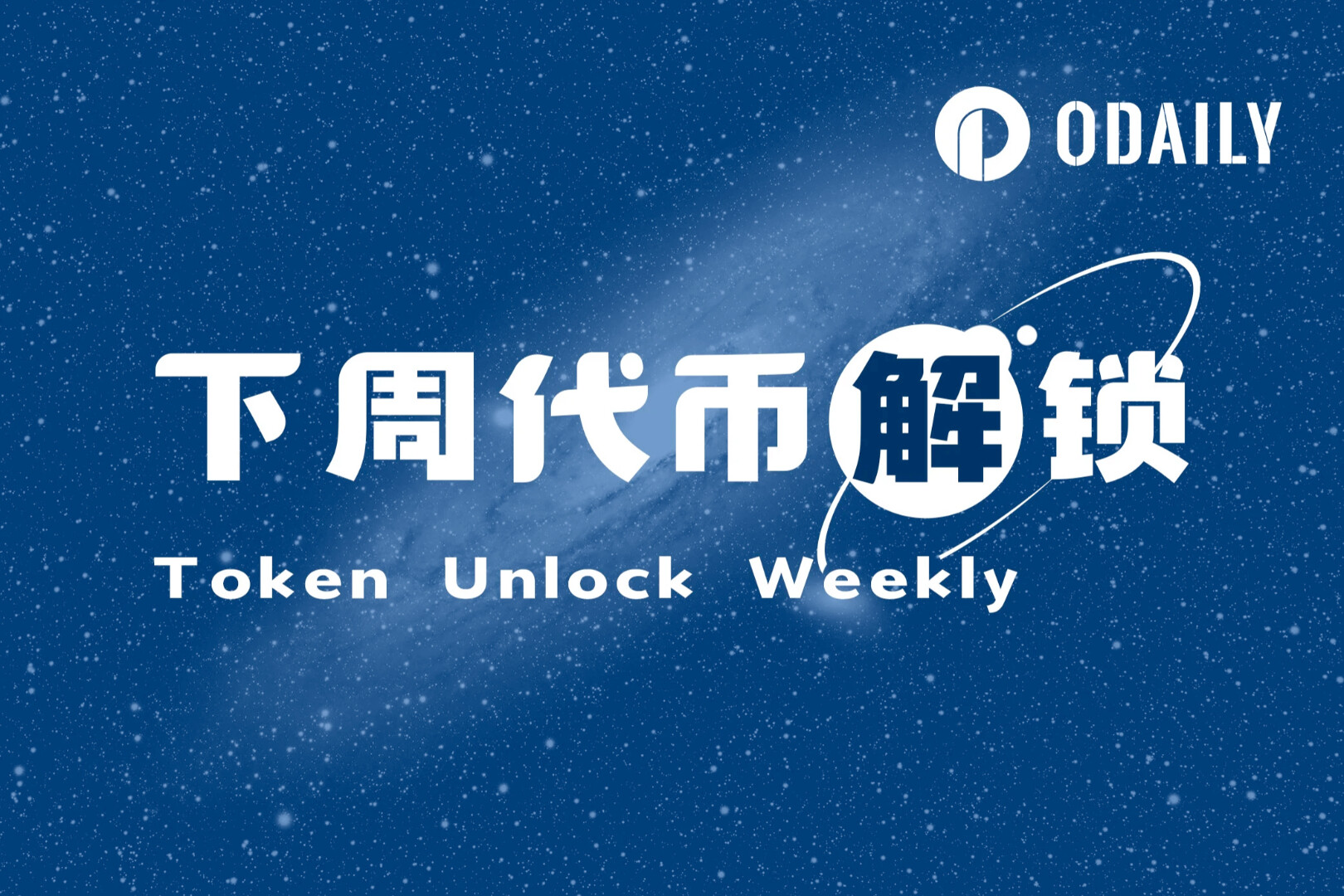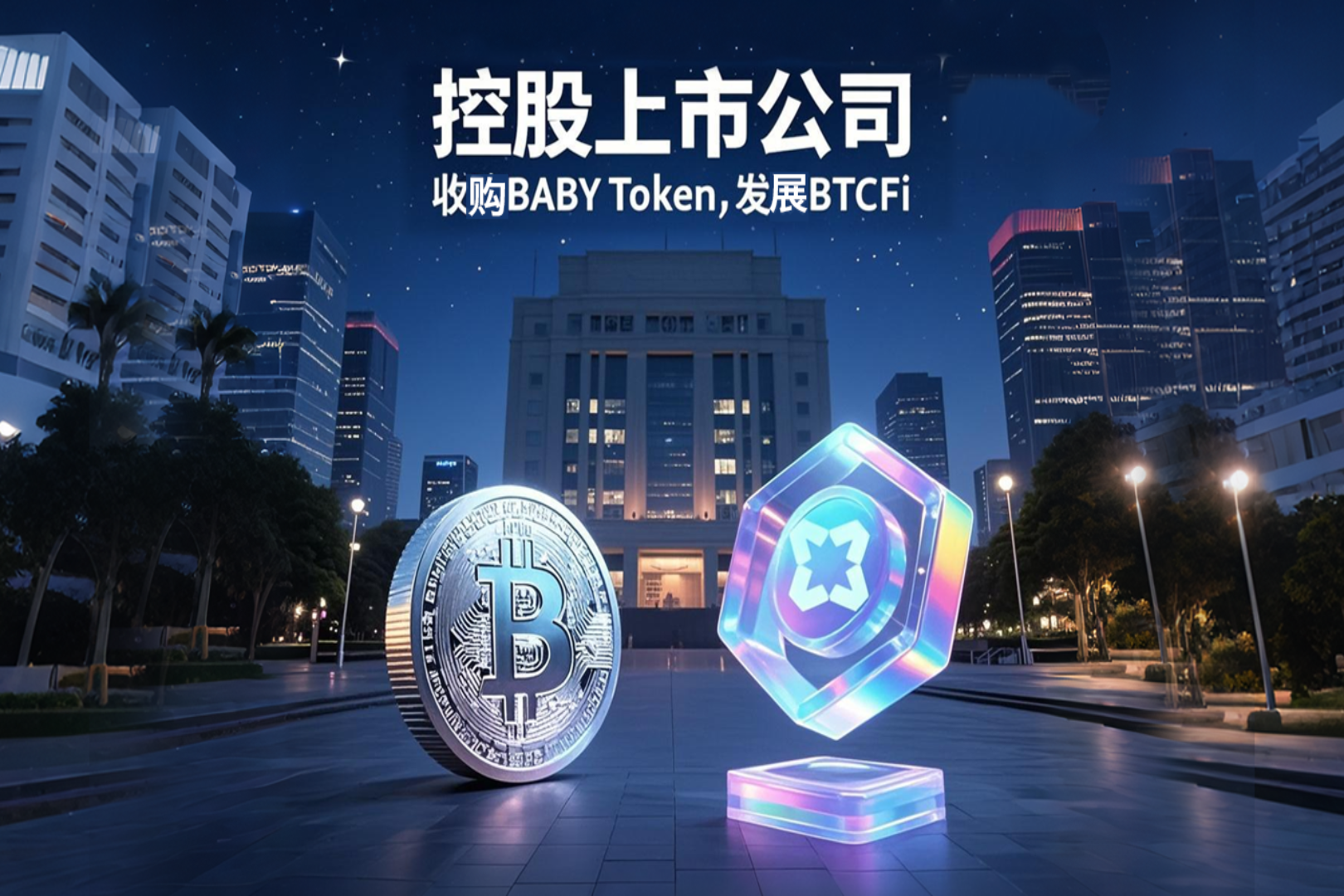On January 20th, the online live event of "The Game Breaker - Exploring the Value of Polkadot DeFi with Minterest" co-hosted by Odaily and Minterest (video portal) successfully held.
Minterest Chief Technology Officer Denis Romanovsky said in his speech that in order to ensure the security of the protocol, Minterest is cooperating with a well-known security agency, which is responsible for auditing its smart contract code.
Denis also said that the encryption industry has been iterating at a high speed, and Minterest needs more functions to keep up with the pace of the market, which means that more smart contracts and code logic will be generated in the future. In order to ensure security as much as possible, Minterest plans to partner with three other experienced security agencies. By the time Minterest goes live, at least two security agencies will have completed code audits.

The following is the transcript of Denis Romanovsky’s speech, organized by Odaily:
Hi, my name is Denis Romanovsky and I'm the CTO of the Minterest project.
In the next few minutes, I'm going to talk about the Minterest team and some of the security initiatives we're doing at the code level for security reasons, including the complexity of the Minterest codebase and the tasks we're currently addressing.
First of all, let me introduce myself first. Before entering this industry, I worked for a traditional financial technology company. I have ten years of software development experience and have developed solutions for some European banks, American insurance companies and British pension funds.
I learned a lot about software development while working at a fintech business, and now I'm bringing that experience to my development work at Minterest.
In Minterest, we use the Scrum method (Note: a framework for developing, delivering and continuously supporting complex products) to build our solutions, such as continuous integration, continuous output, building quality standards, etc. The focus of our attention is only to deliver the product within the allowed time and ensure safety.
Next I'll talk about the team at Minterest. From the beginning of the project when we were just three developers and all we had was Josh's (Minterest CEO) idea and vision of how the Minterest product should work, we've now got 21 software engineers working together to build the protocol.
Our team is composed of a group of people with professional capabilities in different fields. We are gathering the most experienced talents as possible to complete all aspects of the project. For example, we have outstanding mathematicians who can help us design token economics and solve various algorithm problems encountered in the product development process; we have economists who can help us establish tokens and products. Economic model; we have a group of developers who are familiar with different technology stacks. We not only built the Solidity version of the smart contract, but also built a variety of network servers as the infrastructure of the protocol.
In addition to these experienced developers, we also have some new members in our team who may not be as experienced, but they have great enthusiasm, energy and freshness, which greatly help the Minterest team to solve problems when building products. The problem.
Let's talk about the tech stack we're developing. Not only in Solidity, we also do a lot of development work on Python, Rust, GS, all these technology stacks will help us build servers around Minterest, create user interfaces, search data, provide users with risk analysis tools and many other functions, This makes Minterest not just an ordinary lending agreement, but can provide users with the best experience.
Let's talk about our smart contracts. We currently have about 5,000 lines of code, which is no small feat, and a lot of our code has never been done by anyone else. For example, such as the part of the code that involves off-chain to on-chain liquidation, this allows our smart contracts to automatically interact with DEX, which is absolutely something no one has done before, and the overall logic is very complicated.
So how do we ensure security and maintainability? To do this, we built automated tests and assembled a quality assurance team. Automated tests cover 100% of the lines of code used by the project, which means that every possible user action has been machine tested. Of course, this does not guarantee that other human factor issues will not arise, which is why we have a dedicated QA team that checks the code. needs to run.
All of the above are work on an internal level, in order to ensure higher quality and bring the security of the Minterest protocol to a new level, we are working with one of the most well-known organizations in the security field, and this third-party organization will audit our code. This agency will not only look for possible bugs and loopholes, but will also look at our business logic and protocol economics with a fresh perspective, which is very important for our development.
We all know that the crypto industry is changing all the time. When we finish the audit, we need to have more functions to keep up with the market rhythm, which means we will have more smart contracts and logic. To keep the code as secure as possible, we plan to partner with three additional experienced security agencies who will help us secure the protocol.
By the time we go live, at least two security agencies will have completed audits of our code, all in an effort to make the Minterest protocol as secure as possible.
thank you all.





